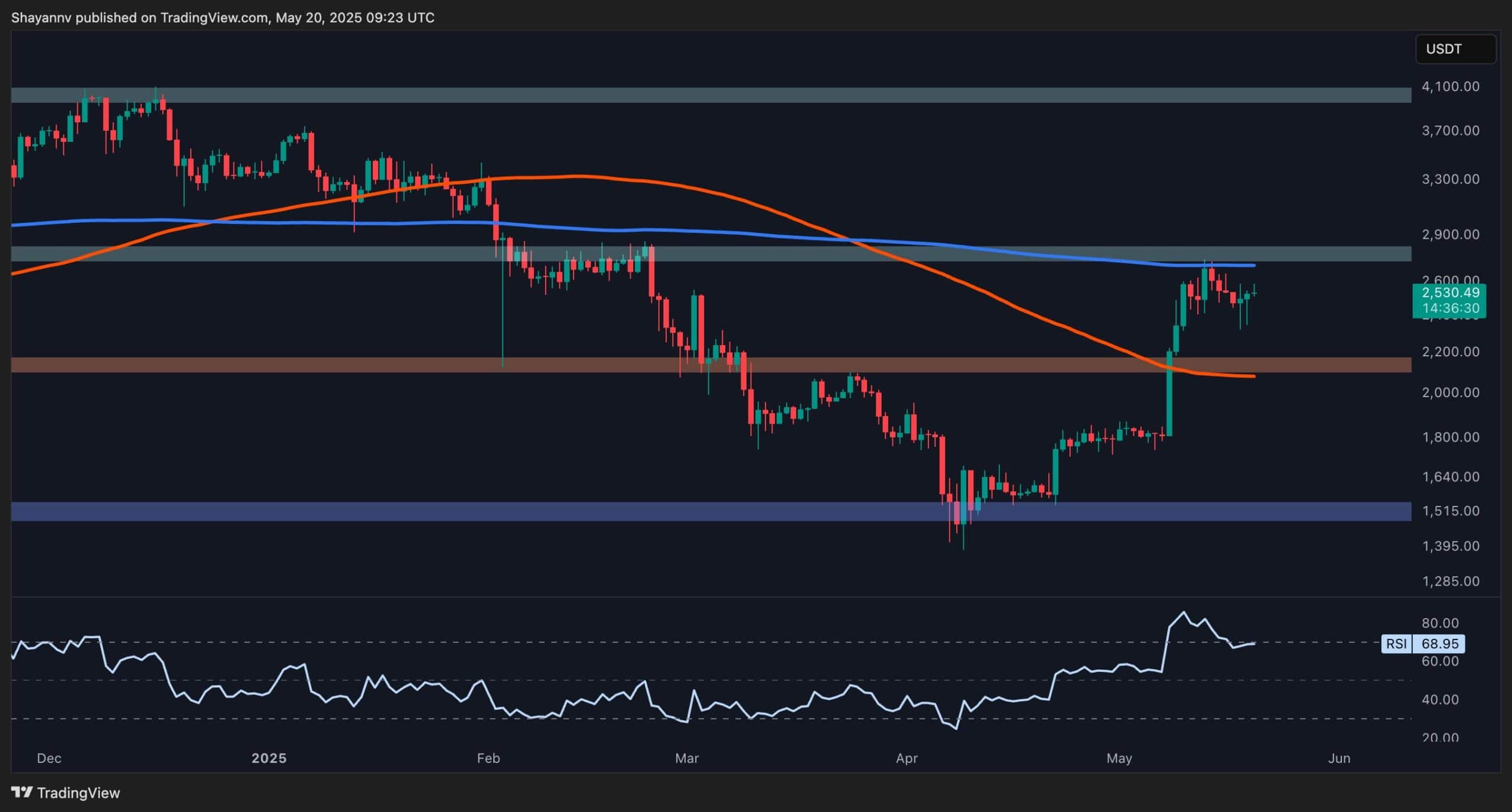Brazil’s Central Bank plans to treat transaction data from its central bank digital currency (CBDC) infrastructure, called Drex, as a direct input for setting the country’s interest rate benchmark.
Central bank executive Henrique Videira said on June 4 at the Token Nation conference in São Paulo that every payment and asset transfer recorded on Drex’s distributed ledger will generate a time-stamped, structured entry.
By aggregating those entries at the group level, the monetary authority expects to measure consumption shifts, liquidity pockets, and sector performance in near real time.
Staff economists would feed the metrics into existing output gap and credit supply models before each Monetary Policy Committee meeting.
Videira said:
“We want a faster read on economic activity than tax receipts or bank statements provide.”
He added that Drex stores only hashed personal identifiers, which prevents individual tracing.
Real-time ledger data for rate decisions
The initiative extends the bank’s strategy of supplementing survey and banking system indicators with on-chain evidence.
Videira outlined a workflow in which anonymized Drex data passes through internal filters, merges with wholesale settlement flow on the same ledger, and appears on policy dashboards that track spending by merchant category, collateral movements, and regional trade volumes.
When output falls below potential or liquidity tightens, the board could weigh a rate cut earlier than usual. Conversely, when spending runs hot, the same dashboards could support a quicker tightening vote.
The executive framed the approach as an analytic upgrade rather than a delegation of policy to an algorithm.
Videira also detailed a credit access channel. Borrowers with limited bank history could authorize lenders to review their Drex cash flow records, providing auditable evidence of income without requiring pay stubs.
He said the central bank plans to publish a consultation paper on that model this year, noting that the ledger keeps user names off-chain while preserving transaction integrity through consensus validation.
Blockchain and AI
The bank wants universities, startups, and public agencies to build analytics layers on Drex. Videira stated that large language models allocate a substantial portion of their computational budget to processing unstructured inputs.
A ledger that labels fields, such as payer type and merchant code, enables the engines to proceed directly to pattern recognition. It added that agricultural agency Embrapa and public health institutes could query anonymized datasets to improve crop yield forecasts or disease spread simulations.
The Drex pilot entered limited production in March, with 16 institutions testing tokenized public debt and deposit tokens. Full rollout depends on congressional approval of the proposal introduced last month.
Videira closed by noting that policy ownership remains with the monetary board, but the transaction layer belongs to society.
The post Brazil’s central bank plans to use CBDC data to guide interest rate decisions appeared first on CryptoSlate.



